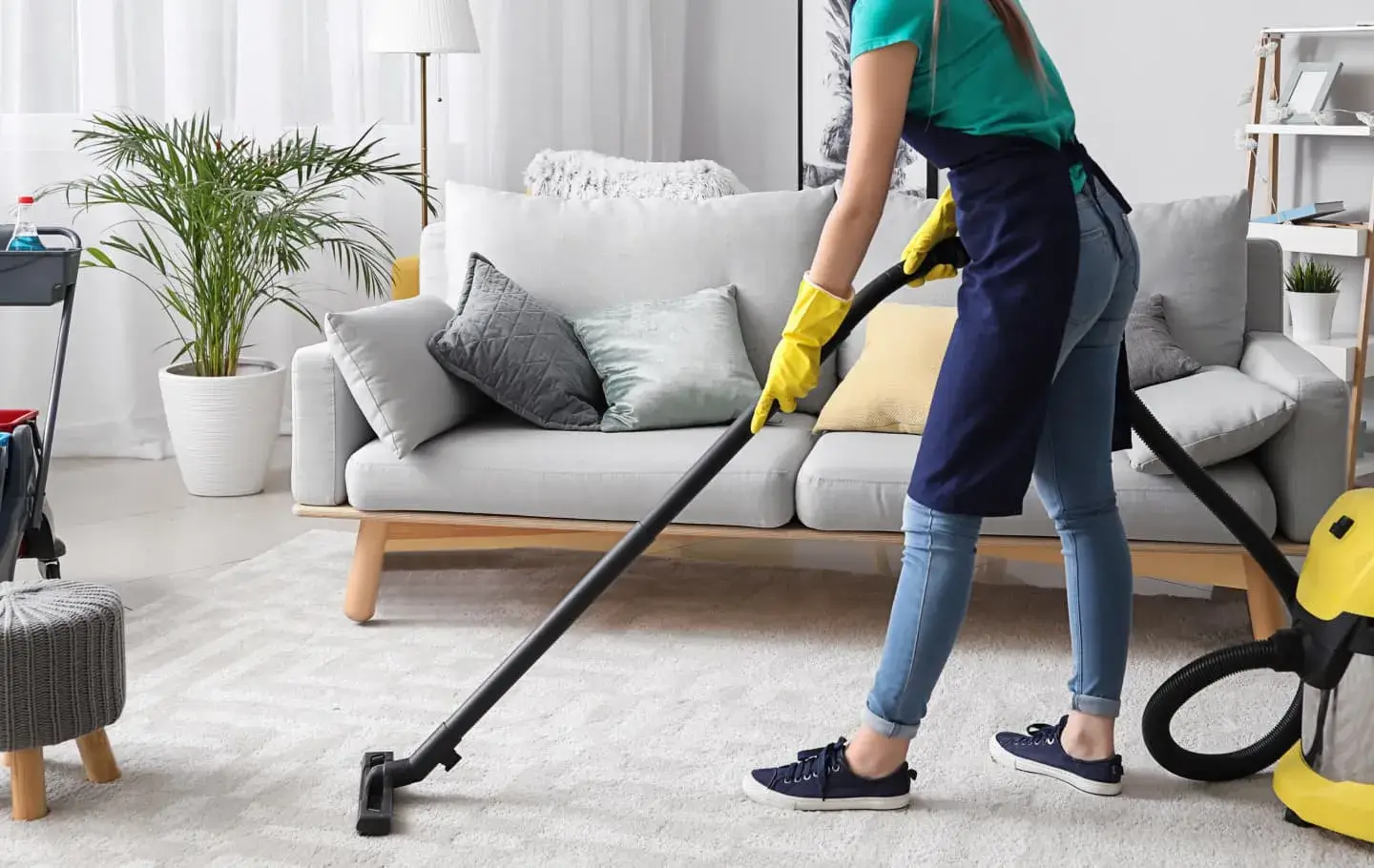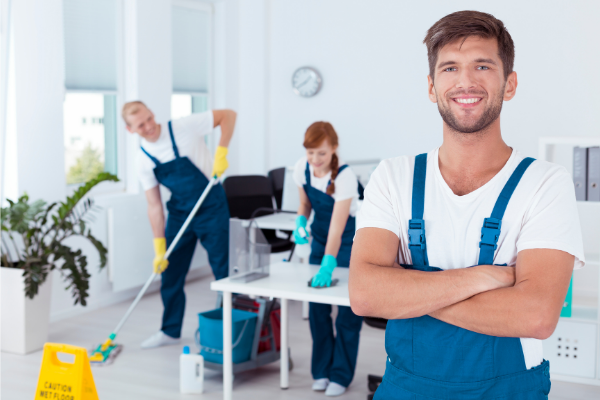Effective Everyday Cleaning Techniques: Finest Practices for Defrosted and Cleaned Every Few Months
Effective Everyday Cleaning Techniques: Finest Practices for Defrosted and Cleaned Every Few Months
Blog Article
Comprehending the Demand for Extensively Sanitizing and Sanitizing Regularly Touched Surfaces in High-Traffic Areas
In the realm of public health and safety, the meticulous sanitation and sanitization of often touched surfaces in high-traffic areas stand as vital measures in avoiding the spread of damaging microorganisms. By discovering the various aspects of surface area disinfection, from the dangers connected with neglecting cleaning procedures to the effective techniques that can be employed, a clearer understanding emerges of the vital duty these techniques play in protecting public health.
Importance of Surface Sanitation
Highlighting the detailed sanitation of high-traffic surface areas is critical in keeping a hygienic setting and preventing the spread of dangerous microorganisms. High-touch surfaces such as door takes care of, light switches, lift buttons, and counter tops function as breeding premises for infections and bacteria. Routine disinfection of these surface areas is critical to decrease the risk of contamination and transmission of diseases.
By implementing a robust sanitation procedure, organizations and organizations can develop a more secure setting for workers, consumers, and visitors. Appropriate surface area disinfection not just mitigates the spread of transmittable illness yet additionally instills confidence in the sanitation and safety of the properties. This positive strategy shows a dedication to wellness and wellness, which is specifically crucial in high-traffic locations where the possibility of direct exposure to pathogens is increased.
Moreover, surface area disinfection plays an essential role in general infection control methods. Integrated with hand health methods, using masks, and maintaining physical distancing, extensive sanitation of high-touch surface areas creates a thorough defense against the transmission of hazardous microorganisms. Prioritizing surface area sanitation is a vital part of an alternative approach to health and wellness in shared rooms.
Threats of Disregarding Cleaning Practices
Neglecting comprehensive sanitation of high-traffic surfaces substantially heightens the risk of viral and bacterial contamination, positioning a significant threat to the health and wellness of individuals frequenting these rooms. Failure to execute appropriate cleansing practices can cause the accumulation and spread of hazardous pathogens, consisting of infections and microorganisms, on regularly touched surface areas such as doorknobs, hand rails, lift buttons, and counter tops.

In addition, neglecting the importance of detailed cleansing not only endangers the well-being of people yet additionally threatens initiatives to preserve a hygienic and tidy setting. It is important to identify the relevance of appropriate sanitation methods in avoiding the spread of infections and safeguarding public health.
Reliable Disinfection Techniques
To maintain optimal sanitation and decrease the danger of contamination on high-traffic surfaces, employing efficient sanitation approaches is important. One of the most effective and usual sanitation techniques is using chemical disinfectants. These products can vary in stamina and make-up, with some targeting certain virus like germs or viruses. It is crucial to comply with the supplier's directions for correct dilution, get in touch with time, and air flow when utilizing chemical disinfectants to ensure their efficiency - Everyday cleaning.
Another efficient method is making use of UV-C light. UV-C light has been shown to be reliable in killing a vast variety of microbes by interrupting their DNA structure, thus stopping them from reproducing. Nonetheless, it is necessary to utilize UV-C light properly, making sure that the right intensity and exposure time are used to accomplish the wanted sanitation outcomes.
Additionally, using vapor cleansing as a sanitation technique can be extremely efficient, particularly on surfaces that are heat-resistant. Steam can permeate porous surface areas and kill germs, viruses, and other microorganisms properly. When making use of vapor cleaning, it is vital to guarantee that the surface gets to the needed temperature level for an enough quantity of time to assure proper disinfection.
Effect On Public Health And Wellness
The upkeep of high standards of tidiness and disinfection on high-traffic surfaces plays a vital function in safeguarding public health and wellness. Often touched surface areas in locations with high footfall, such as doorknobs, hand rails, elevator buttons, and restroom facilities, offer as reproducing premises for damaging pathogens.
Efficient sanitation practices not just secure people from dropping ill however also add to the general health of society. Public health authorities emphasize the value of maintaining tidy atmospheres to protect against break outs and include the spread of illnesses. In high-traffic areas like airports, schools, hospitals, and public transport systems, the impact of extensive sanitation measures click for source can not be understated. Focusing on the sanitization of frequently touched surfaces is an aggressive method to promoting public health and wellness and boosting the safety of people in common spaces.
Applying Regular Cleaning Procedures
Without delay setting up and adhering to a constant timetable of cleansing methods is paramount for keeping the tidiness and safety and security of high-traffic surfaces. Regular cleaning procedures are vital in avoiding the build-up of germs and pathogens on frequently touched surfaces, especially in locations with high foot website traffic. By executing an organized strategy to cleaning, organizations can properly lower the danger of disease transmission and develop a healthier environment for staff members, clients, and the general public.
To establish an effective cleaning routine, it is vital to identify high-traffic locations that need regular attention. These locations may include doorknobs, hand rails, lift buttons, toilet centers, and common equipment. Implementing a regular cleansing routine that targets these surfaces numerous times a day can significantly lower the spread of hazardous microorganisms and viruses.
Additionally, using appropriate cleaner and disinfectants is key to guaranteeing that surface areas are thoroughly sterilized. Regular training of cleaning staff on correct cleansing strategies and the relevance of adherence to the cleaning schedule is likewise vital in preserving a sanitary setting. By focusing on constant cleaning methods, companies can promote the wellness and well-being of individuals who engage with these high-traffic surfaces.

Final Thought
In conclusion, it is critical to prioritize comprehensive disinfection and sanitization of regularly touched surface areas in high-traffic areas to avoid the spread of hazardous pathogens and preserve public health. Disregarding correct cleaning practices can boost the danger of contamination and transmission This Site of diseases. By applying routine cleansing pop over to this web-site protocols and using effective sanitation techniques, we can produce a more secure environment for every person (Vacuum Carpets). It is critical to acknowledge the relevance of maintaining tidy surfaces in high-traffic areas to make sure the health of the community.
In the realm of public health and safety and security, the meticulous sanitation and sanitization of regularly touched surfaces in high-traffic areas stand as paramount steps in preventing the spread of hazardous pathogens. By checking out the numerous elements of surface sanitation, from the risks associated with overlooking cleaning protocols to the efficient approaches that can be employed, a clearer understanding arises of the important role these methods play in safeguarding public health and wellness.In addition, using steam cleaning as a disinfection approach can be highly effective, especially on surfaces that are heat-resistant. When making use of heavy steam cleansing, it is important to make certain that the surface reaches the needed temperature for an adequate quantity of time to ensure correct sanitation.
In conclusion, it is critical to prioritize complete disinfection and sanitization of regularly touched surfaces in high-traffic locations to protect against the spread of hazardous microorganisms and keep public health.
Report this page